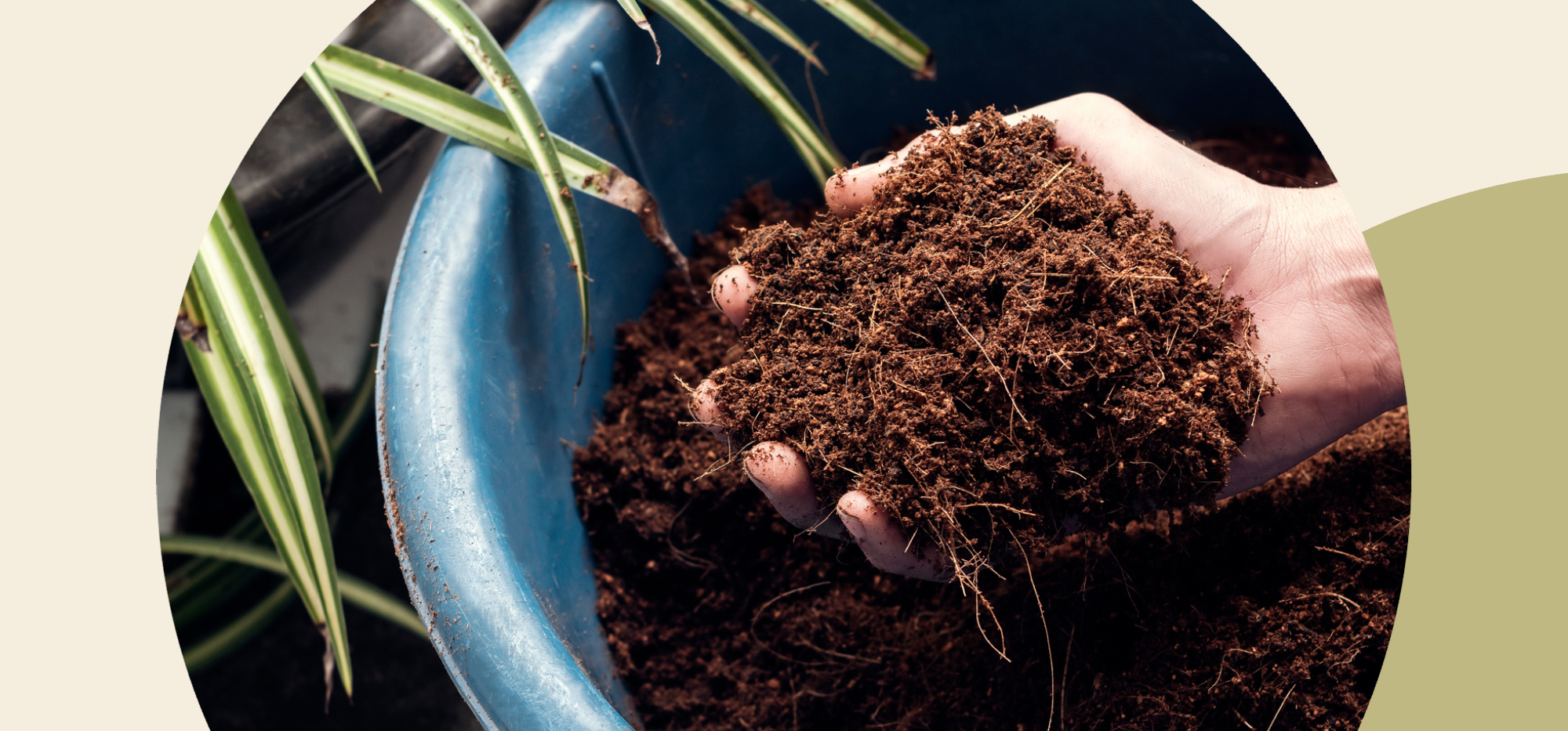Your cart is currently empty!

5 Sustainable Coverings for Composting Toilets
Not all coverings for composting toilets are created alike, and some have a negative impact on the environment. We’ll tell you about the most commonly used covering, why it’s not necessarily the best option, and 5 other sustainable coverings to consider.
The problem with peat moss
Peat moss is often recommended for use as a cover material in composting toilets, but it isn’t a sustainable material. Peat moss is mined from sphagnum peat bogs that take hundreds or thousands of years to form. Mining these wetlands can damage them in ways that are difficult to recover from. Fortunately, there are quite a few cover materials that are as good or better than peat moss, and some of them can be obtained for free.
What makes a good composting toilet cover material?
A good cover material will be carbon-based, have relatively fine particles to block odors and flies, and will not inhibit the microbial action needed for composting. Wood shavings are not ideal, since the pieces are so large that a lot of extra material needs to be used to prevent odors and flies, which causes the receptacle to fill up too fast. Lime should not be used, since it interferes with microbial action, which prevents composting. Wood ashes can be used occasionally for reducing smell, but it harms the microbes as well, so is not ideal for composting.

Coco coir
Made from the shredded hulls of coconuts, which is a waste material from processing coconuts for food, coco coir is sustainable, relatively inexpensive, and readily available. It’s an excellent option for small-scale and nomadic applications since it’s compact, easy to store, and can be purchased in convenient bricks. Look for bricks (approximately the size of masonry bricks) at the hardware store sold as “seed starter”. Larger blocks are also available if you have the space to handle a lot of hydrated coco coir at once, but it can be difficult to cut the dehydrated bricks into usable chunks from a large block.

Sawdust
You may be able to acquire sawdust for free at a local saw mill or wood shop if there is one in your area. If you live in a wooded area and are breaking down your own firewood, the sawdust you produce is an ideal material for using as a cover material.

Paper or Cardboard
Waste paper or cardboard (even junk mail) can be used, but it should be ground up as fine as possible for use as a cover material. Make sure you use paper without ink or with soy-based ink.

Yard Waste
This includes grass clippings, crumbled leaves, or pine needles. Yard waste needs to have the right texture to be an ideal cover material, so dried materials that crumble easily are best. If too large to use directly in the solids bin in your toilet, it can still make a great cover for your compost pile.

Feed Waste
Grain chaff or rice hulls, coffee grounds, and spent grain. If you live in a farming area, check with your local grain mill or feed store to see if you can obtain grain chaff for cheap or free. In areas where rice is a local staple, rice hulls can be obtained in a similar fashion. While a single household probably won’t produce enough coffee grounds for use as a cover material, your local coffee shop might be willing to set them aside for you. Spent grain, a waste material from your local brewery or distillery, could also be used as a cover material, but might cause your bin to fill up faster than a lighter weight material. If you use coffee grounds or spent grain, be sure to dry them out before use.
Tags:

Leave a Reply